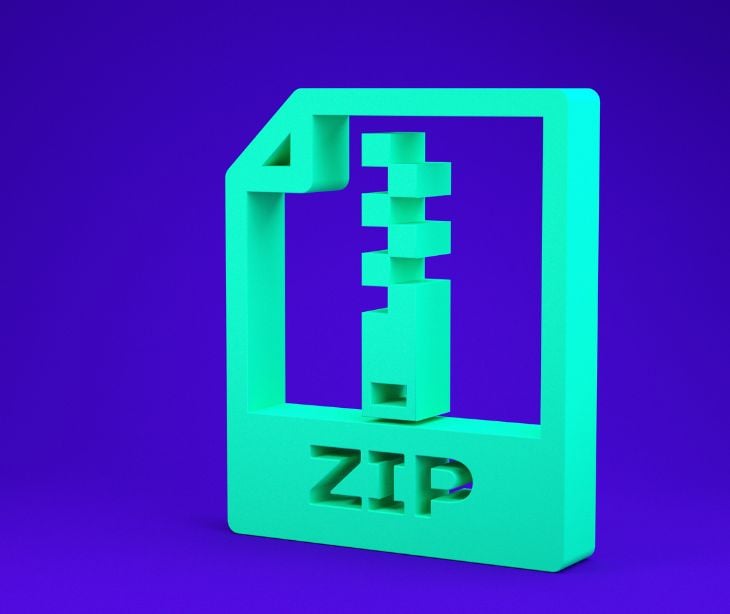3 min read
HIPAA compliance in Computerized Physician Order Entry (CPOE) systems
Kirsten Peremore
May 24, 2024

The use of Computerized Physician Order Entry (CPOE) systems has become integral to modern healthcare facilities, promoting efficiency, accuracy, and patient safety by replacing paper-based order systems with electronic, standardized processes. These systems facilitate better communication among healthcare team members and enhance the tracking and management of patient care activities.
What are Computerized Physician Order Entry (CPOE) systems?
According to a study about CPOE in Perspective in Health Information Management, “Computerized provider order entry (CPOE) systems allow physicians to prescribe patient services electronically. In hospitals, CPOE essentially eliminates the need for handwritten paper orders and achieves cost savings through increased efficiency.”
CPOE systems are computer-based tools used in healthcare settings to streamline and enhance the process of ordering medications, tests, and treatments for patients. These systems allow healthcare providers, such as physicians and nurses, to enter and manage patient orders electronically, replacing traditional paper-based methods. CPOE systems come with various features, including clinical decision support systems (CDSS) that provide alerts and guidance to reduce errors, such as drug interactions or allergies.
How do CPOE systems streamline HIPAA compliant communication?
These systems allow authorized healthcare professionals to place and manage patient orders, such as medication prescriptions and diagnostic tests, electronically. With electronic orders, healthcare professionals can quickly and accurately transmit and receive vital patient data without the risks associated with paper-based communication, such as misplaced or illegible documents. These systems enforce access controls and user authentication, ensuring that only authorized individuals can access sensitive patient information, thereby safeguarding patient privacy as mandated by HIPAA. This, combined with communication tools such as HIPAA compliant email, allows for more secure and effective transmission of patient data.
The benefits of using CPOE systems
- Medical error reduction: CPOE systems have been shown to reduce medication errors and prescribing errors, potentially preventing millions of medication errors annually.
- Cost reduction: Hospitals and healthcare facilities can achieve cost savings by avoiding adverse drug events (ADEs), reducing duplicate tests, and improving overall efficiency. For example, one hospital saved $28 million over 10 years by reducing medical errors and ADEs.
- Clinical decision support: Integration with CDSS provides features like drug interaction checks, allergy alerts, and prompts for appropriate service orders, enhancing the quality of care.
- Duplicate test checks: CPOE systems provide instant access to patients' Electronic Health Records (EHRs) and prior test results, which can lead to substantial cost savings by avoiding unnecessary tests.
- Alerts and pop-ups: CPOE systems can generate interruptive and non-interruptive alerts and pop-ups to inform providers about issues such as previous tests or potential medication problems, improving decision-making.
- Enhanced patient safety: By reducing medical errors and ADEs, CPOE systems contribute to patient safety, minimizing the risk of adverse healthcare events.
- Increased efficiency: CPOE systems streamline the ordering process, reducing paperwork and manual tasks, which can lead to greater efficiency in healthcare delivery.
- Improved record keeping: Electronic ordering and documentation improve record keeping, making it easier for healthcare providers to access patient information, track orders, and monitor patient progress.
- Standardized processes: CPOE systems promote standardized practices, reducing variations in care and increasing consistency in healthcare delivery.
The potential risks to HIPAA compliance
- Patient consent: CPOE systems should ensure that proper patient consent mechanisms are in place for sharing their medical information, respecting their privacy rights under HIPAA.
- Mobile device risks: Healthcare professionals using mobile devices to access CPOE systems may expose patient data to additional security risks if these devices are not properly secured.
- HIPAA rule changes: Staying updated with evolving HIPAA regulations and ensuring CPOE systems comply with new requirements can be challenging and may pose compliance risks.
- Cloud based systems: Hospitals using cloud based CPOE solutions need to ensure that their cloud providers comply with HIPAA standards and protect data stored in the cloud.
- Human error: Mistakes made by healthcare staff when entering or accessing patient information within CPOE systems can lead to HIPAA violations.
- Third party integrations: Integrating CPOE systems with other healthcare applications may introduce vulnerabilities that could be exploited by attackers, compromising patient data and HIPAA compliance.
HITECH and CPOE systems
The Health Information Technology for Economic and Clinical Health (HITECH) Act is closely related to CPOE systems as it drove the adoption and implementation of CPOE technology in healthcare settings. Enacted in 2009, HITECH introduced financial incentives and penalties to encourage healthcare providers to adopt EHRs, which often include CPOE functionality.
Under HITECH, eligible healthcare facilities that demonstrate "meaningful use" of EHRs, including CPOE, can receive substantial incentives, while those failing to adopt these technologies face reduced Medicare and Medicaid reimbursements.
This legislation allows for the adoption of CPOE systems, aiming to improve patient care quality, reduce medical errors, and enhance the overall efficiency of healthcare delivery by leveraging advanced health information technologies.
See also: The basics of HITECH and how it works with HIPAA
HIPAA compliance in CPOE systems
Due to the sensitive patient health information they handle, CPOE systems need to adhere to the standards for HIPAA compliance. HIPAA mandates strict privacy and security safeguards to protect patients' medical records and personal information.
CPOE systems store and transmit electronic health records, including medication orders, diagnostic tests, and treatment plans. Ensuring HIPAA compliance in CPOE systems safeguards patient confidentiality, maintains data integrity, and prevents unauthorized access to medical records. Compliance measures include access controls, encryption, audit trails, and policies for data handling and sharing.
See also: Top 12 HIPAA compliant email services
FAQs
What are EHRs?
EHRs are digital versions of patients' paper charts that contain comprehensive health information accessible to authorized healthcare providers.
What are access controls?
Access controls are security measures that regulate who can view or use resources in a computing environment.
Do cloud-based systems need to be HIPAA compliant?
Yes, cloud-based systems that handle protected health information (PHI) must be HIPAA compliant to ensure the privacy and security of patient data.
Subscribe to Paubox Weekly
Every Friday we'll bring you the most important news from Paubox. Our aim is to make you smarter, faster.




